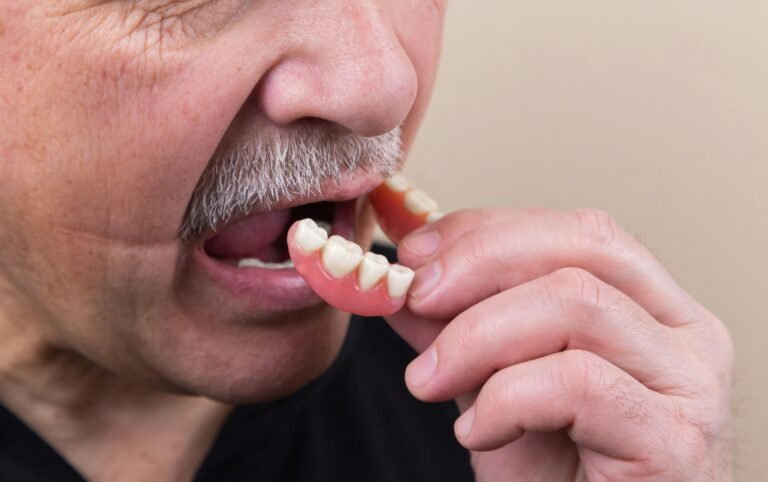Photo by Diana Polekhina on Unsplash
Is your child’s smile not quite lining up? Jaw misalignment in children is more common than you might think-and it’s not just about looks.
Left unchecked, it can lead to problems with chewing, speech, and even breathing. The good news? Understanding the root causes can help you take action early.
From genetics to childhood habits, we’ve got you covered. Let’s dive into the top reasons why your child’s jaw might not be developing as it should.
1. Genetic Factors
Jaw misalignment can often run in the family. If parents or close relatives have a history of dental or jaw alignment issues, there’s a higher chance children might inherit them.
This could mean an overbite, underbite, or misaligned jaw structure. Additionally, it affects how the bones of the jaw and face develop, sometimes causing the upper and lower jaws to grow unevenly.
While genetics isn’t something you can control, early diagnosis and treatment by an orthodontist can help manage these inherited traits and prevent more serious problems.
2. Lack of Regular Dental Check-Ups
When children miss regular dental check-ups, early signs of jaw misalignment can go unnoticed. Dentists have the expertise to identify subtle issues that parents might overlook, such as:
- uneven tooth wear
- improper bite patterns
- irregular jaw development
Without consistent visits, these minor problems can escalate. They can lead to more severe issues like difficulty with chewing, speech, and overall jaw function.
Regular check-ups allow dentists to catch these problems early. This makes treatments like braces or other orthodontic solutions more effective.
Plus, consistent dental care helps prevent small issues from becoming major concerns, protecting your child’s long-term dental health.
3. Thumb Sucking and Pacifier Use
While thumb sucking and pacifier use are normal in young children, continuing these habits for too long can lead to jaw misalignment. These actions exert pressure on the teeth and jaw, which may cause:
- upper front teeth to push forward
- lower jaw to shift backward
- development of an open bite or other alignment problems
Encouraging children to stop these habits by age 3 can help prevent long-term effects. If alignment issues arise from prolonged thumb sucking or pacifier use, early orthodontic intervention can correct the problem and guide proper jaw development.
4. Mouth Breathing
Mouth breathing, often caused by allergies or nasal congestion, can have a big impact on the way a child’s jaw develops.
When children breathe through their mouth instead of their nose, it alters the position of their tongue and jaw. This can lead to misalignment over time.
How? It causes the upper jaw to narrow and the lower jaw to shift backward. This results in bite issues or an imbalanced facial structure.
If you’re living anywhere in Minneapolis, you’re lucky! You can easily find an orthodontist in Eagan, MN, who can provide the necessary evaluation and treatment for your child’s mouth breathing.
Recognizing the Signs of Jaw Misalignment in Children
Early detection of jaw misalignment in children can prevent more serious issues down the line. Keep an eye out for symptoms like uneven teeth, difficulty chewing, or frequent mouth breathing.
If you notice any of these signs, don’t hesitate to take action. Schedule an appointment today to ensure your child’s jaw develops properly and maintains their confidence for years!
Did you find this article helpful? Check out the rest of our blog now!





